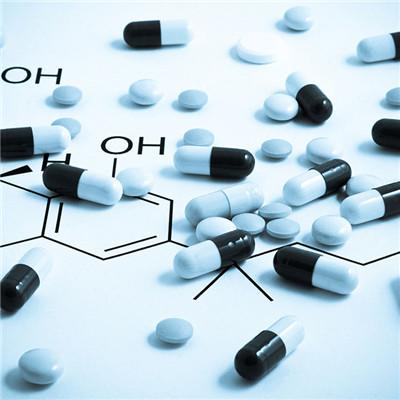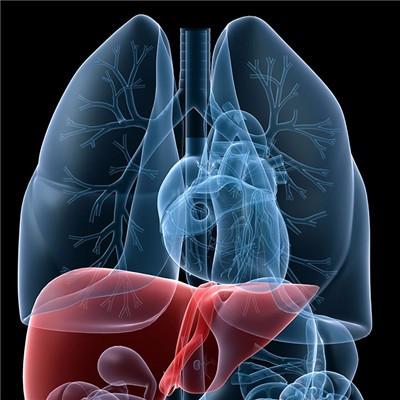Some tests for uremic patients
summary
Uremia is a serious kidney disease. When suffering from uremia, we can't treat it blindly. We should check in time, make a diagnosis and deal with it as soon as possible. Only in this way can we get away from uremia and get rid of the torment of uremia.
Some tests for uremic patients
1. Blood routine examination. Uremia, hemoglobin is generally in 80g / L, most only 40 ~ 60g / L, for positive cell positive pigment anemia, when patients with chronic blood loss, malnutrition, can also be manifested as small cell hypochromic anemia. The change of white blood cells is less. Acidosis and infection can increase the number of white blood cells. The number of platelets is low or normal, but the function is decreased. The erythrocyte sedimentation rate is often accelerated due to anemia and hypoproteinemia.
2. Urine routine examination. The change of urine in uremic patients varies with the primary disease. The common points are as follows: 1) the urine osmotic pressure is decreased, most of the morning urine is below 450osm / kg, the specific gravity is low, mostly below 1.018, and it is fixed between 1.010 and 1.012 in severe cases. In the concentration dilution test, the nocturnal urine volume was greater than the daily urine volume, and the specific gravity of each urine was not more than 1.020. The difference between the highest and lowest specific gravity of urine was less than 0.008. ② When the creatinine clearance rate decreased to 1.0-2.0 ml / s in the late stage, there was no urine. ③ The urinary protein was + ~ + +. In the late stage, most of the glomeruli had been destroyed, but the urinary protein decreased. ④ Urine sediment examination can have a large number of red blood cells, white blood cells, epithelial cells and granular tube type, if you can find thick and short, homogeneous, the edge of the crack of the wax tube type, is of diagnostic significance.
3. Renal function test. In the stage of renal insufficiency, although the renal creatinine clearance rate decreased, the serum creatinine did not increase; in the stage of azotemia, although the serum creatinine had increased, the patient had no clinical symptoms of uremia and no metabolic acidosis; in the stage of uremia, when the renal creatinine clearance rate was less than 25ml / min, the serum creatinine would increase significantly, accompanied by metabolic acidosis.
matters needing attention
About uremic disease patients should do some examination items, to tell you here, we understand these related examination items, can help patients timely check, diagnosis, early to take countermeasures, avoid to our patients bring too much kidney health harm, early away from uremic disease is also very important.















